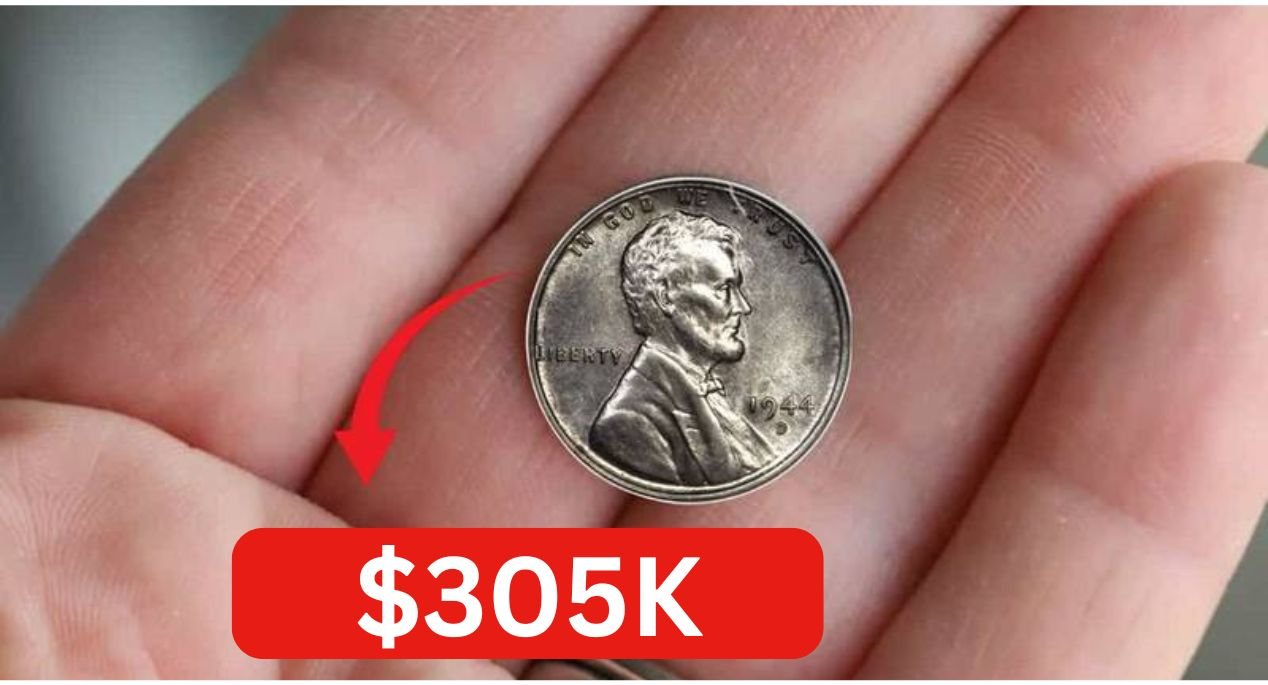Lincoln Wheat Penny Still : In our daily lives, we often overlook small things—like the coins jingling in our pockets. Most people treat them as mere change, spending them without a second thought. But recently, an ordinary-looking Lincoln Wheat Penny shocked the world when it sold for a staggering $305,000 at auction. This incredible sale proves that sometimes, the most valuable treasures are hidden in plain sight. Now, people everywhere are digging through their old coins, hoping to find a rare gem of their own.
The Birth of an American Icon: The Lincoln Wheat Penny
In 1909, the U.S. Mint released a special coin to celebrate the 100th anniversary of Abraham Lincoln’s birth—the Lincoln Wheat Penny. This was a historic moment because it was the first U.S. coin to feature a real person’s portrait. Designed by Victor D. Brenner, the penny displayed Lincoln’s profile on one side and two wheat stalks on the other, symbolizing America’s agricultural roots. Over time, this humble penny became more than just currency—it turned into a cherished piece of history for collectors.
How World War II Made the Penny More Valuable
The true rarity of the Lincoln Wheat Penny became evident during World War II. In 1943, the U.S. government needed copper for the war effort, so pennies were made from steel instead. However, due to a minting error, a few 1943 pennies were accidentally struck in copper. These ultra-rare coins were never supposed to exist, making them some of the most valuable pennies in history. Today, a 1943 copper Wheat Penny can fetch millions of dollars at auction, making it a dream find for any collector.
Why Is a Simple Penny Worth So Much?
You might wonder—how can a single penny be worth hundreds of thousands of dollars? The answer lies in three key factors:
- Rarity – The fewer coins of a particular type exist, the more valuable they become.
- Historical Significance – Coins tied to major events (like WWII) gain extra worth.
- Condition – A penny in perfect, uncirculated condition is worth far more than a worn-out one.
Additionally, mint marks (tiny letters indicating where the coin was made) play a big role. Some mints produced fewer coins, making those versions exceptionally rare.
Other Lincoln Wheat Pennies That Could Make You Rich
While the $305K penny is the most famous, other rare Wheat Pennies are also worth a fortune:
- 1909-S VDB Penny – Only 25,000 were minted in San Francisco, featuring the designer’s initials (V.D.B.).
- 1955 Double Die Penny – A minting error caused the text to appear doubled, making it highly sought-after.
These coins are so rare that finding one could be a life-changing discovery.
Could You Find a Million-Dollar Penny Today?
The most exciting part? These rare coins are still out there! People have discovered them in:
- Old coin jars
- Bank rolls
- Garage sales
- Even their own pockets!
This means you could be sitting on a fortune without even knowing it. All it takes is a sharp eye and a little luck.
How to Spot a Valuable Wheat Penny
If you want to check whether your old pennies are valuable, look for these key details:
- Year – 1909, 1943, and 1955 are the most sought-after.
- Mint Mark – Look for “S” (San Francisco), “D” (Denver), or no mark (Philadelphia).
- Errors – Double-struck letters or numbers increase value.
- Condition – Uncirculated, shiny pennies are worth the most.
What Should You Do If You Find a Rare Penny?
If you stumble upon a potentially valuable coin, follow these steps:
- Handle with care – Avoid cleaning or polishing it (this can lower its value).
- Store safely – Keep it in a protective case to prevent damage.
- Get it appraised – Take it to a coin expert (numismatist) for authentication.
Who knows? That ordinary-looking penny in your drawer could be worth thousands—or even millions!
Final Thought: Treasure Is Closer Than You Think
The story of the Lincoln Wheat Penny reminds us that great treasures can be hidden in everyday objects. While we often search for wealth in far-off places, the real fortune might be right in our hands. So next time you see an old penny, take a closer look—it could be your ticket to financial freedom!



